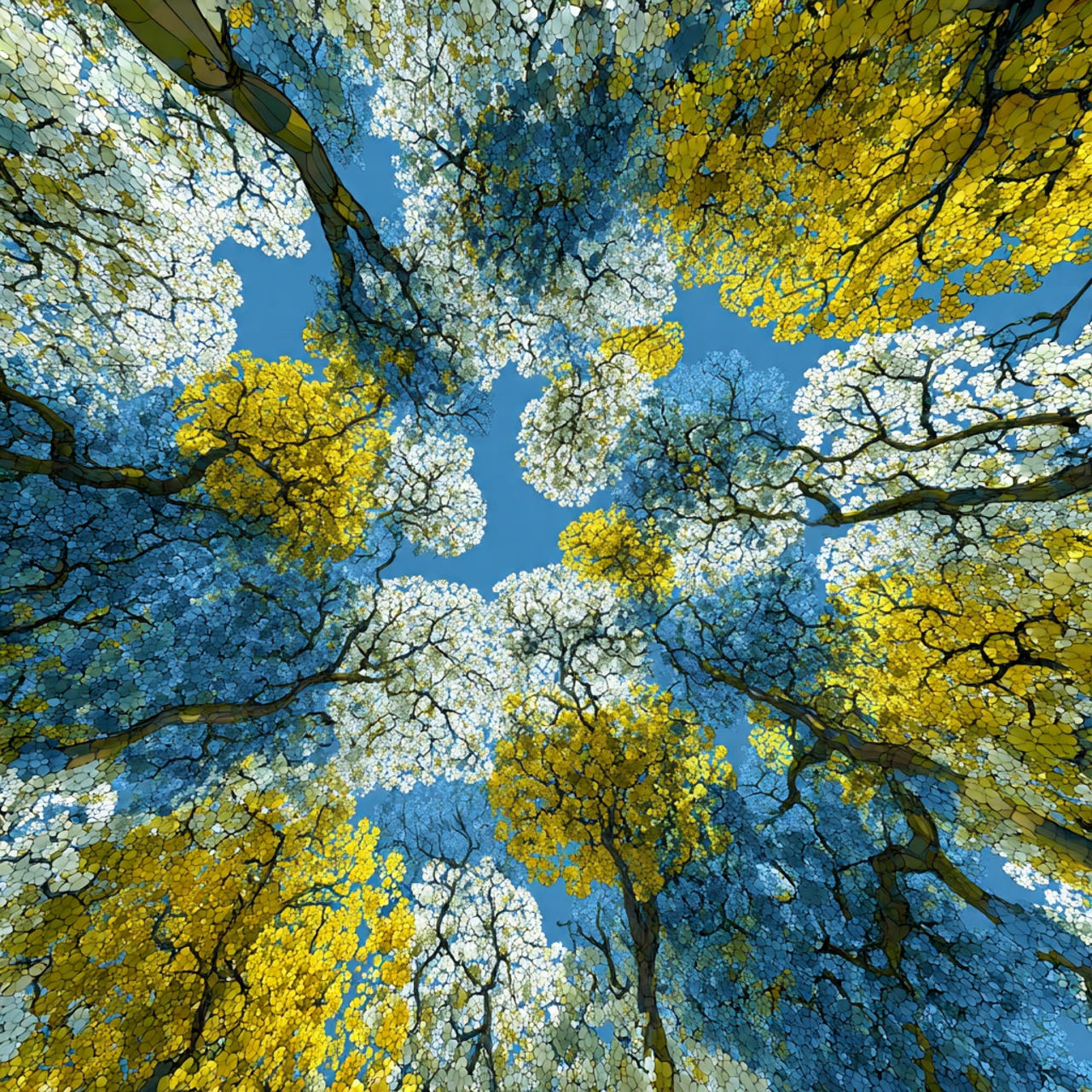Allie, the kids and I, just got home from Israel yesterday. It was a truly powerful time to be there. One highlight was davening hallel in Hostage Square on Friday morning. The energy was electric. Not everyone was the same, but everyone was there for the same reason—a shared hope, a shared prayer. And this week, we saw that hope realized, as some of the hostages finally came home. It was a reminder that even in the darkest moments, when we come together—each with our own voice, our own story—we can bring light. I want to come back to this idea.
The Torah opens with the chaos of creation, then the chaos of the destructive flood, then the chaos of unity at Babel.
At first, it sounds good—the Torah says “the whole earth had one language and one speech.” Imagine that: no arguments, no divisions, everyone on the same page. But the Torah doesn’t celebrate that. It sees danger in it.
Because when everyone thinks the same, no one really thinks.
When everyone speaks the same, no one really listens.
Babel becomes a cautionary tale—of what happens when unity hardens into uniformity.
And so God scatters them. Not to punish, but to liberate. To make space for difference, for growth, for individuality. Out of the rubble of Babel rises something new—Abraham. The first to walk alone. God instructs Abraham to lech lecha, Rashi says it literally means to “go for yourself.”
Abraham’s story begins not with a crowd, but with a calling to separate.
In our world right now, it’s hard not to see Babel all over again.
So many voices repeating slogans, terrified of nuance, suspicious of difference.
It’s a kind of moral monoculture.
And maybe that’s why Abraham’s story matters so much right now.
Because he doesn’t rebel for rebellion’s sake, he questions with purpose.
He’s the reminder that clarity is found in the individual’s perspective, in the capacity for people to fight for what is right even if the odds are against them. It’s the reason Abraham fights for the righteousness of one town, while Noah doesn’t even fight for the righteousness of the entire world.
But Abraham’s journey isn’t just about standing apart—it’s about learning how to walk together without losing ourselves. He teaches us that true greatness isn’t found in isolation, but in the courage to be distinct while still being part of something larger.
And when we look at what’s happening in Israel, we see that same lesson: people from every background, every perspective, coming together—not because they are the same, but because they share a purpose, a hope, a prayer. That’s the power of our people: unity without erasing difference.
That balance—of being close, but not identical; united, but not uniform—reminds me of a natural phenomenon I recently learned about called Crown Shyness.
Crown Shyness is the natural phenomenon where the tops of trees grow close together but never touch. Each tree stretches toward the sun but leaves space for light, for air, for the other.
That, to me, is the Jewish ideal.
A forest of difference that still moves in the same direction.
Independent but united. Rooted in a shared soil.
I think perhaps the idea of crown shyness is built into the very architecture of the sukkah. Halachically, the walls of a sukkah do not need to touch each other, the ground, or the roof. This is accomplished through a principle called Lavud, which states that a gap smaller than three tefachim (about 9-10 inches) between two objects is considered as if the gap were closed, or “joined”.
The sukkah gives the illusion of unity without requiring uniformity.
May we continue to find strength in our differences, hope in our togetherness, and light in the spaces we create for one another—just as we saw this week, when the prayers of so many, so different, brought our brothers and sisters home.



